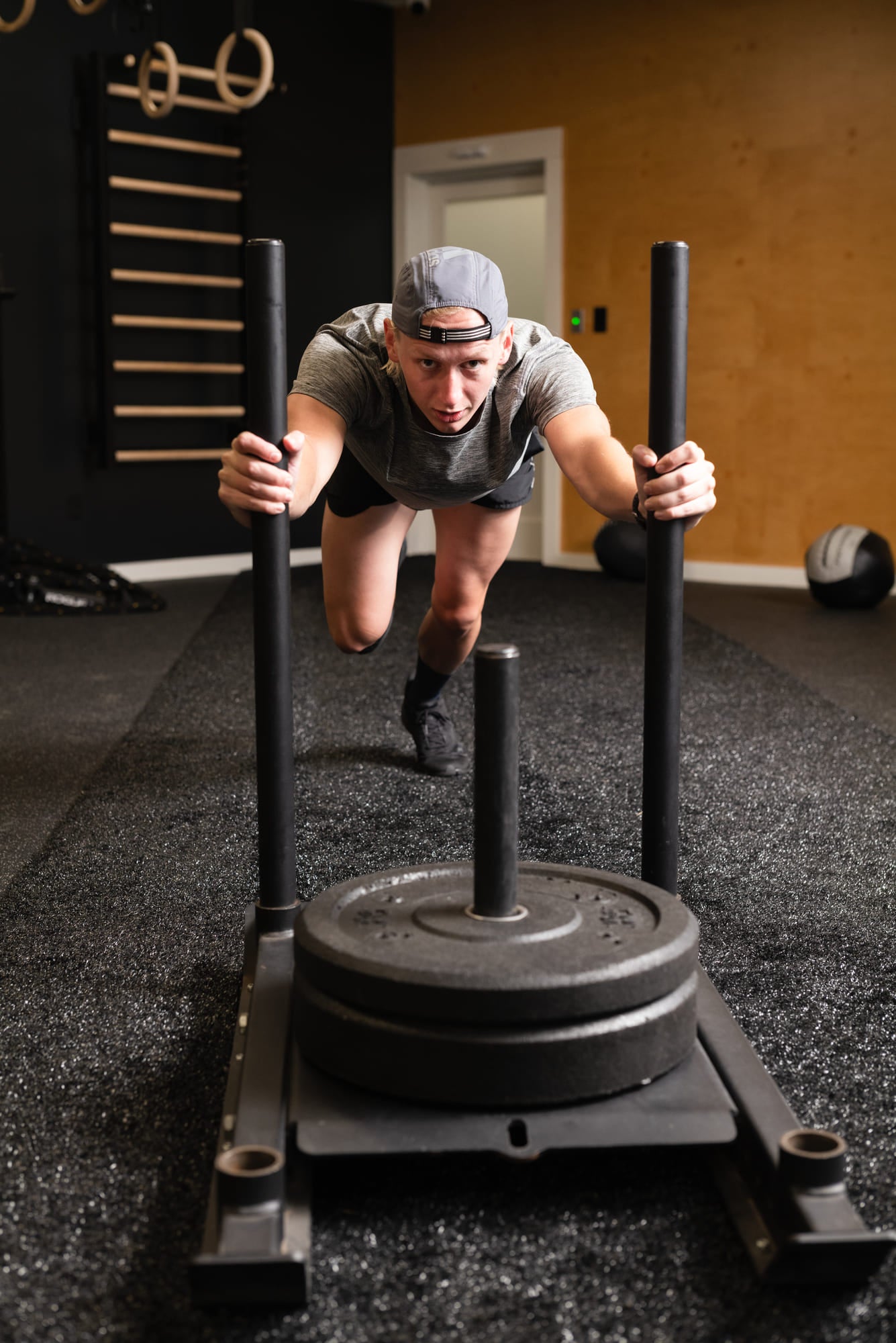There are two words that make a nerdy chiropractor like myself cringe inside: "pop" and "crack". I can't argue with the inspiration for the use of these words. Indeed, the sounds that result from an adjustment absolutely resemble pops and cracks. However, neither of those things are actually happening. If you'll humor us, we prefer to call them cavitations. It doesn't just sound more sciency, it's really a more accurate description of what’s happening with your physiology. Here's why:
Most joints that we work on are called synovial joints. These joints have a water and airtight capsule that surrounds the two bones that comprise the joint. The capsule is filled with a special fluid (synovial fluid) that helps to lubricate, cushion, and nourish the joint. Within this fluid are dissolved gasses. When a chiropractor adjusts a joint, this capsule is momentarily stretched. The stretching temporarily increases the space (volume) inside the joint capsule. According to basic laws of physics, when the volume of a closed vessel is increased, the pressure inside is decreased. This causes the dissolved gasses inside the capsule to come out of solution and it makes a sound…"pop!" (goes the cavitation).
Now that we've gotten that out of the way…
What else happens? The concept of joint cavitation is neat and all, but you're likely not coming to the chiropractor saying, "if only someone would help me release the dissolved gasses in my synovium!".
What's important is not the sound, but that the once-fixated joint is now mobilized. When this happens, the communication line to the nervous system is restored. The brain can now communicate with that joint, and that joint can now communicate with the brain. This interplay allows complex coordinated movement, balance in tone between the muscles that control that joint, and a decrease in inflammation and pain signals within that joint. I used a very important word there: coordination. This is important because body/brain communication is a 2-way affair.
The brain sends motor signals to the muscles to tell them to contract to make a joint move, but what is just as important is that the joint sends information to the brain telling it what is happening to that joint. Millions of tiny receptors within the joints, muscles, skin, tendons, ligaments, fascia all give positional information to the brain telling it what that part is doing—where it is in space, what direction it's moving, how much tension is on the muscles. It’s a mind-bogglingly complex coordination between the brain and body that produces human movement.
When a joint becomes fixated or misaligned, it does not move normally. This results in faulty information about position being sent to the brain. The result is a loss of coordination. Less coordination means less strength (ever tried to throw a ball with your non-dominant hand?) and less control (injury, anyone?). This is why elite athletes bring their chiropractors with them to competition. Chiropractic gives them higher performance and less risk for injury. But elite athletes are not the only ones who appreciate performing at their best and reducing their risk of injury. We all do!
Let's let this digest. What I've described here is the effect of a chiropractic adjustment on a single joint in your body. However, this is just the tip of the iceberg. The chiropractic adjustment affects the nervous system in a way that changes the function of the brain itself and virtually all of the organ systems in the body – digestion, blood pressure, reproductive health, breathing, sleep-wake cycles, mood…too much to cover in a single blog post. In the continuation of this series, I will move upstream from the joints and talk about what happens to the body on a global level during an adjustment. Thanks for nerding out with me. And if you use the word "pop" next time I see you I will still love you.
-Dr. John Palmer
Your Chiropractor in Birmingham




